How an invisible Seattle neighborhood is making itself known, one mural at a time
Lake City is a neighborhood at a tipping point.
If anyone thinks of the northeastern end of Seattle, perhaps they think about drab buildings and car lots. Lake City was a suburb reshaped for cars in the 1950s, and businesses lined up along the main thoroughfare. Go there now, and some blocks feel like a time warp.
But changes for Lake City loom ahead. There are plans to revitalize Lake City’s downtown core and expand light rail services to the area – and now, developers are eyeing real estate for glossy condos and apartments.
All this in a neighborhood where residents have felt invisible for decades.
That’s why longtime neighborhood artists and youth have decided to mark their presence on the buildings themselves: by covering the neighborhood’s bland concrete walls with bright, vibrant murals.
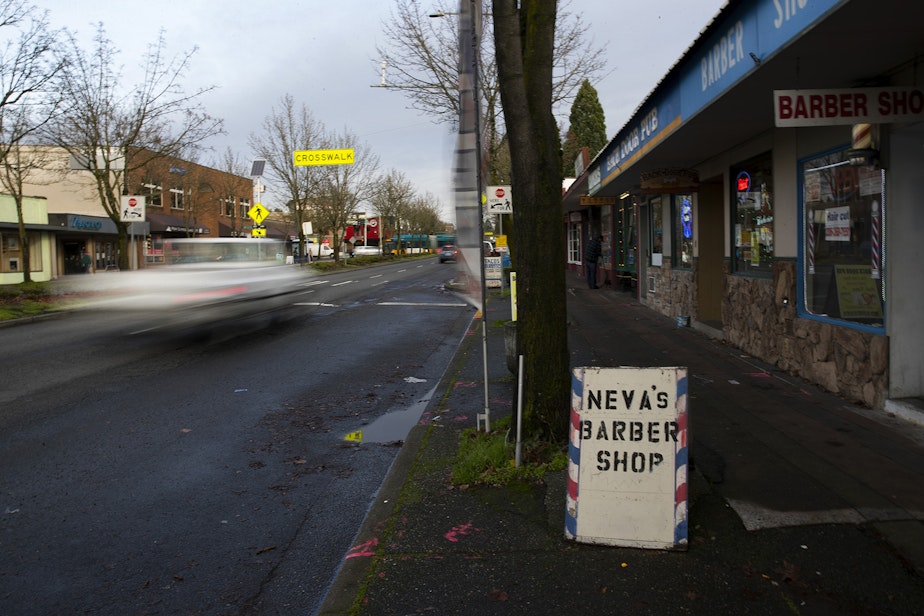
Cultivating pride in “Lake Shitty”
Mark Mendez is the mastermind behind the murals. He leads Lake City’s teen leadership program and was inspired by his father, who moved back to his native city of Aguadilla, Puerto Rico and became mayor. After that, Mendez’s father transformed the city with parks, sanitation services, and murals.
Mendez was inspired to try something similar in Lake City -- and have local youth work with artists like Kendra Azari.
When Azari paints, she invites passersby to pick up a brush and join her. They are often surprised to be included in public community art project.

Azari recalls that as a teenager there wasn’t much to do in Lake City besides getting in trouble. That isn’t the case anymore. The opportunity to design and paint has helped young people invest in their community, she said.
“It’s really awesome to watch a child’s mind and their eyes light up when they are proud of something that they did,” Azari said.
There’s something special about being able to drive down the road and point to something they helped create.

And there is a pride of place now that wasn’t there before. Mendez, who grew up in Lake City, said he was tired of the neighborhood’s negative image.
“When I used to tell people I lived in Lake City, they’d say ‘Oh, you live in the ghetto, Mark!’” Mendez recalled.
In fact, many long-time residents remember when Lake City Way was sometimes referred to as “Lake Shitty Way."
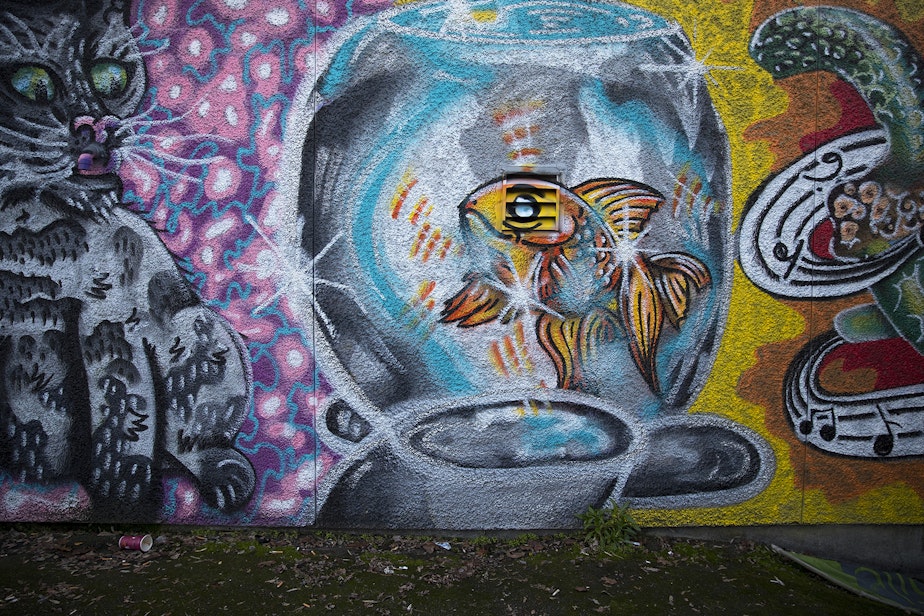
Lake City’s seedy reputation goes back decades. The neighborhood used to be a place to go for bootlegged alcohol during prohibition – a “vice corridor,” according to local writer Thomas Kohnstamm.
But Lake City is changing, Kohnstamm, who is set to publish a novel set along the length of Lake City Way, says. And it’s diverse in a way that you don’t see in other parts of Seattle.
“That gives the neighborhood a vitality,” Kohnnstamm said.

A challenge ahead
Lake City is home to several low-income and mixed use housing developments. In Lake City's zip code, 13.5 percent of residents live below the federal poverty line.
In recent years, Lake City has also ushered in a new wave of cultural and ethnic diversity. In that same geographic area, nearly 43 percent of residents are people of color.
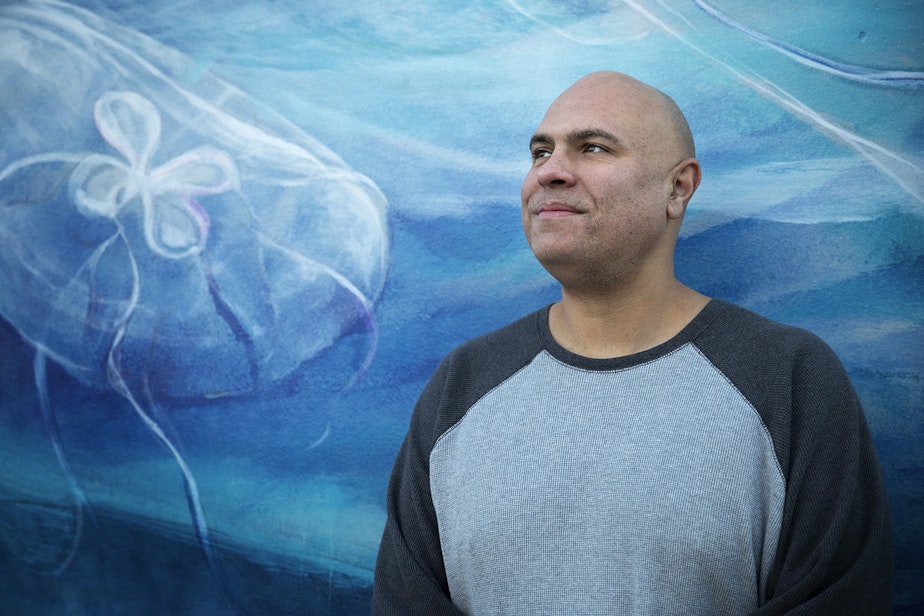
Mendez said that when he was growing up, he was the only Puerto Rican kid in the neighborhood.
“And now there are all sorts of beautiful, diverse families in Lake City,” he said.
Now, at least a quarter of Lake City’s residents are immigrants and refugees. There are more than 20 languages spoken in the area, too. Mendez attributes the diverse mix of residents to Lake City’s affordability. But that may not always stay the case.
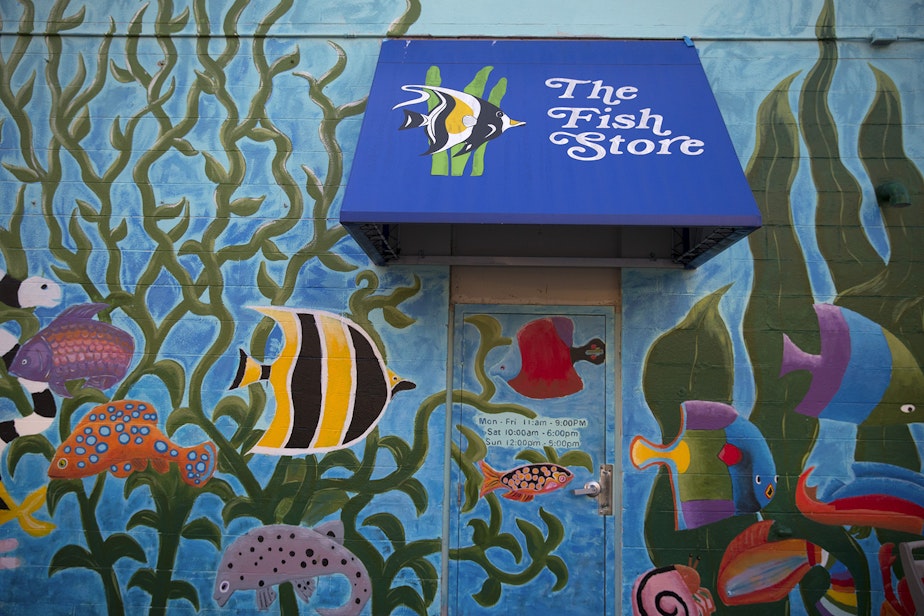
“The challenge is how do you grow in a sustainable way,” Mendez said, “and not kick out all the people who make this neighborhood special.”
One example of the challenge at hand: A mural on Lake City Way and 125th street on the side of a beloved cafeteria-style Filipino restaurant called Manila Manila depicting a steaming bowl of noodles, fresh seafood and vegetables.
But that mural may not last for long. A Kirkland-based real estate group is looking into developing that space, and the building could come down.
Even though new buildings are inching higher and closer, Mendez feels Lake City might be able to curb the risk of pushing out existing residents.
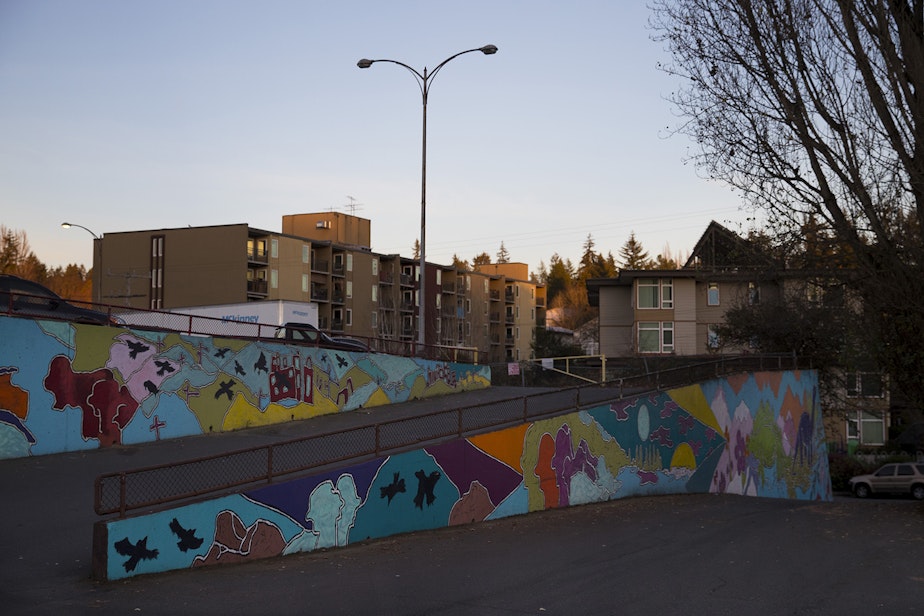
Mendez says the developer interested in the Manila Manila building, for example, has been willing to engage with the community so far. That brings hope development can work with current business owners and residents rather than displacing them completely. These developers have even supported some of the mural work, Mendez said.
“I think we have a chance to get ahead of gentrification. We haven’t lost our diversity yet,” said Mendez.
A sense of place in a community that is used to being overlooked hangs in the balance.
Azari puts it this way: “All of us, the residents of any city, we all need that sense of belonging and community whether we admit it or not.”

